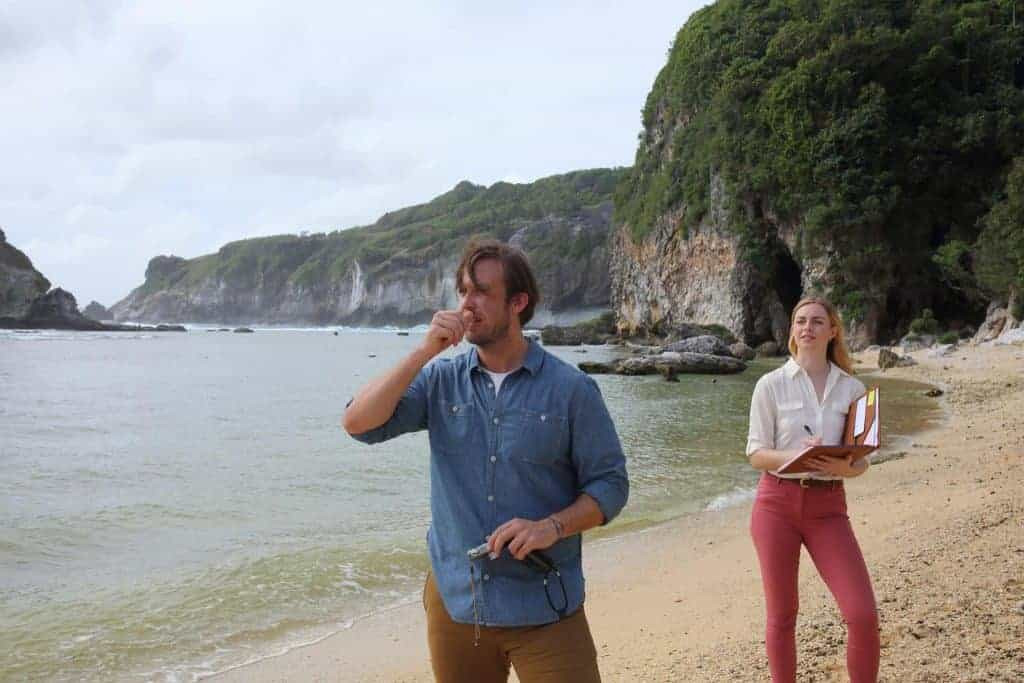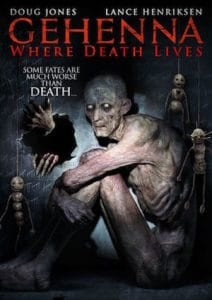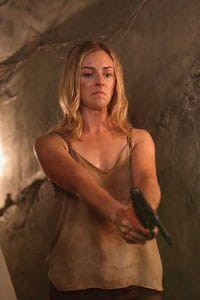 wdl-beach
wdl-beach
★★★ out of ★★★★★
Is Gehenna: Where Death Lives just the first apartment for death itself?
Hiroshi Katagiri, the mind behind Gehenna: Where Death Lives, is no novice to the cinematic world. His journey from Japan to the United States at the young age of 18 was fueled by a passion for special effects. He didn’t just enter the industry; he mastered it. Katagiri’s impressive resume includes collaborations with Rob Bottin Studio and a key artist role at Stan Winston Studio, leaving his indelible mark on numerous films since the mid-90s – 42 to be precise. This background solidifies his horror credentials, making Gehenna: Where Death Lives his highly anticipated directorial debut in the realm of full-length horror.
 wdl-poster
wdl-poster
Co-written with Nathan Long and directed by Katagiri, Gehenna: Where Death Lives unfolds the story of a resort development team scouting locations in Saipan. Paulina (Eva Swan) heads the team, accompanied by Tyler (Justin Gordon), the architect, and Dave (Matthew Edward Hegstrom), the cameraman documenting their expedition. They are guided by Alan (Simon Phillips), a land broker hoping to secure a lucrative deal, and his assistant Pepe (Sean Sprawling), who is simply there for the paycheck.
During their exploration, they encounter local lore about ancient burial grounds – a common trope, yet always unsettling – and stumble upon an old bunker. This bunker, abandoned by the Japanese forces at the end of World War II, is also occupied by a reclusive old man who vehemently warns them against entering. His message is clear: “Don’t go in there.” In any rational scenario, this would be a clear deterrent, and the team would turn back. But this is a horror movie, and rationality is often the first casualty.
Ignoring the ominous advice, the team descends into the bunker, setting the stage for the horrors that Gehenna: Where Death Lives promises. Produced on a modest Kickstarter budget of under $250,000, the film cleverly utilizes its limited resources. Once inside the bunker, the setting, while realistically bland for a bunker, effectively conveys a sense of claustrophobia and isolation.
The film gains momentum with the arrival of Doug Jones (Pan’s Labyrinth, The Shape of Water) as the enigmatic Creepy Old Man. In his signature unrecognizable guise, Jones delivers a memorable, albeit brief, performance. His appearance, coupled with the discovery of human remains and a sudden earthquake, initially prompts the team to reconsider their subterranean adventure.
 wdl-pauline
wdl-pauline
However, as fate and horror movie tropes dictate, they become trapped. What ensues is a descent into a nightmarish labyrinth of revelations, personal demons, historical horrors, and a seemingly endless, repetitive bunker corridor.
For viewers deeply invested in special effects, Gehenna: Where Death Lives offers undeniable appeal, a testament to Katagiri’s expertise. However, for a general horror audience, the film might fall slightly short. Pacing issues contribute to a slower narrative flow, and while the acting is serviceable for a low-budget horror film, it’s not a standout feature. The premise, while intriguing, could have benefited from clearer exposition.
Despite these shortcomings, Gehenna: Where Death Lives possesses a raw potential. The strength of practical effects, a familiar yet engaging storyline, and notable cameos provide a solid foundation. This debut suggests a promising trajectory for Katagiri as a writer and director. His established dedication to mastering special effects hints at a similar commitment to honing his storytelling craft.
Gehenna: Where Death Lives is a film that warrants attention, especially for those who appreciate practical horror and are keen to witness the evolution of a filmmaker with a strong visual background. It leaves us anticipating Katagiri’s next venture, hopeful that his persistence and artistic eye will continue to develop in his directorial work.
